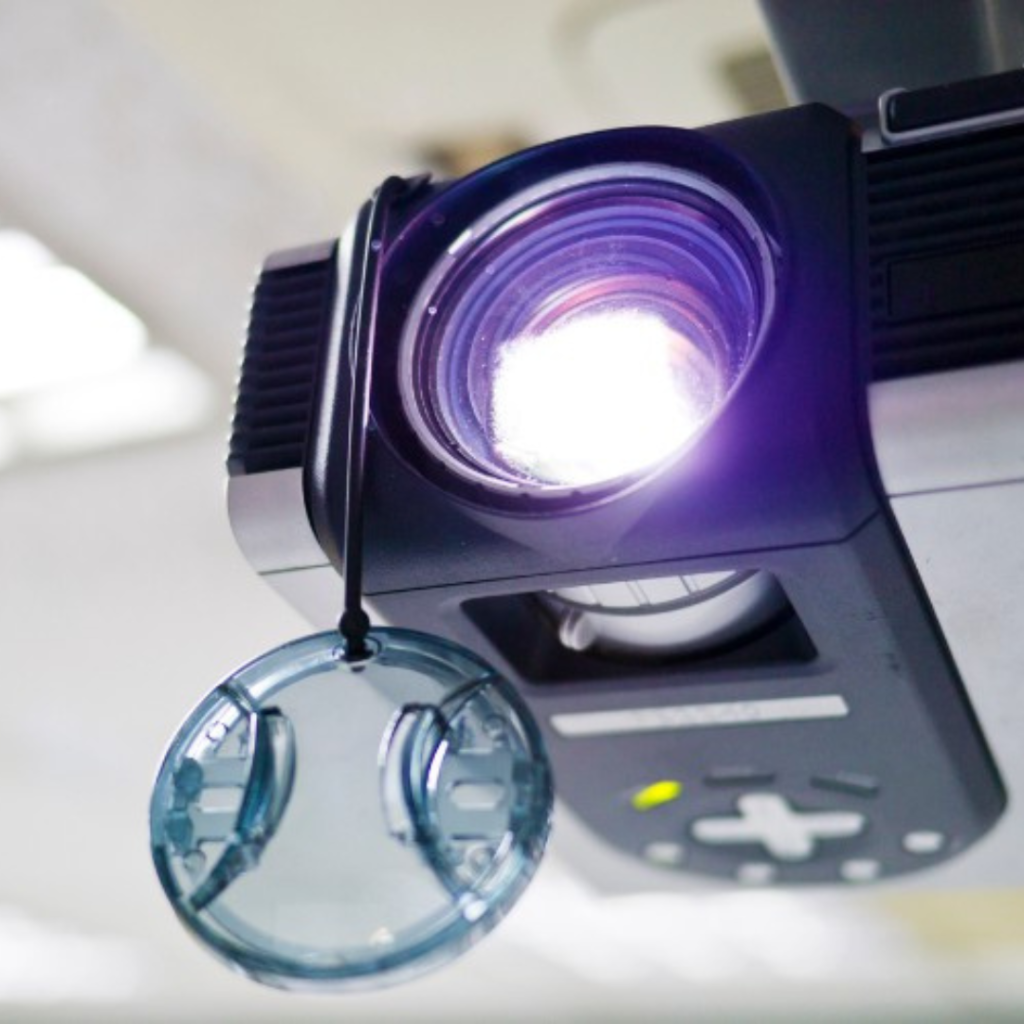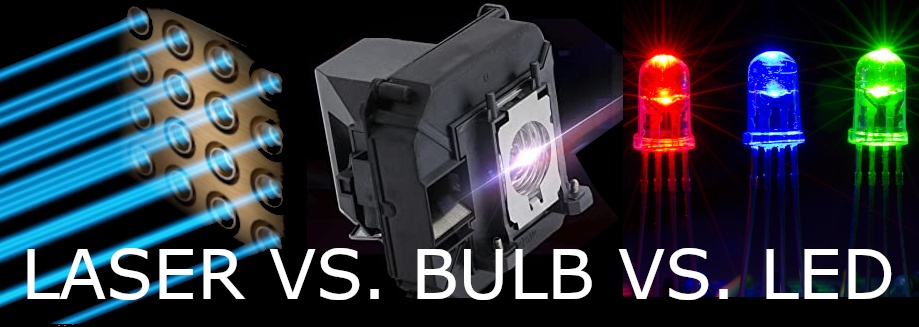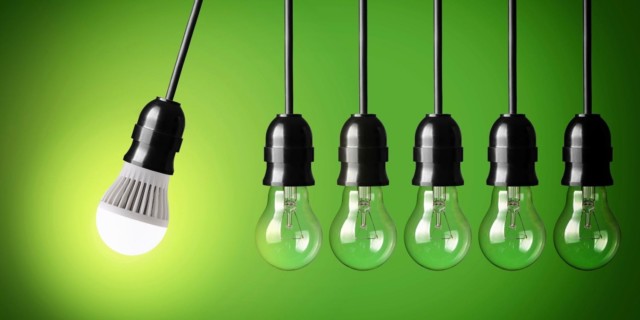
Projector Bulb Lifespan
Projector bulbs are a crucial component of any projection system, whether it’s for business presentations, home theaters, or educational purposes. Understanding the lifespan of a projector bulb is essential for maximizing its usage and avoiding unexpected downtime during important presentations or events. In this article, we will explore the factors that affect projector bulb lifespan, tips for choosing the right bulb, ways to extend its longevity, and signs indicating when a replacement is needed.

Understanding Projector Bulb Lifespan
![How Long Does A Projector Bulb Last? Projectors Place [2023]](https://projectorsplace.com/wp-content/uploads/2022/12/How-Long-Does-a-Projector-Bulb-Last.jpg)
To comprehend the lifespan of a projector bulb, it’s important to know the average hours it can operate before requiring replacement. Most projector bulbs have a lifespan ranging from 2,000 to 5,000 hours, depending on various factors. However, it’s crucial to note that this is an estimate, and the actual lifespan can vary depending on how the projector is used and maintained.
Factors Affecting Projector Bulb Lifespan

Usage Time:
The more frequently a projector is used, the shorter the bulb lifespan will be. Projectors that are used for extended periods or in commercial settings may require more frequent bulb replacements compared to those used sporadically in a residential environment.
Power Settings:
Projectors often come with different power settings, such as eco-mode or high-brightness mode. Using the eco-mode setting can significantly increase the bulb lifespan as it reduces power consumption and lowers bulb temperature.
Environmental Conditions:
Projectors are sensitive to the environment they operate in. Factors like temperature, humidity, and dust can affect the lifespan of the bulb. It’s important to keep the projector in a well-ventilated area, away from extreme temperatures and excessive dust accumulation.
Choosing the Right Projector Bulb
When selecting a projector bulb, it’s crucial to consider its compatibility with the projector model. Referencing the manufacturer’s specifications is essential to ensure a proper fit. Additionally, opt for bulbs from reputable brands known for their quality and longevity.
Maximizing Projector Bulb Lifespan
Proper Cooling Ensuring the projector has adequate ventilation and airflow helps in maintaining the bulb’s temperature within a safe range. Regularly cleaning the projector’s air filters also helps prevent dust build-up, which can negatively impact cooling.
Avoid Frequent Power Cycling
Frequent on/off cycles can shorten the bulb’s lifespan. Instead, use standby or low-power modes during breaks to preserve the bulb and reduce unnecessary wear.
Avoid Moving the Projector During Operation
Moving the projector while it’s in use can lead to vibrations that may damage the bulb or other internal components. Keep the projector stable and avoid unnecessary movement.
Maintenance and Care for Projector Bulbs

Regular maintenance can significantly extend the lifespan of projector bulbs. Here are a few tips to keep in mind: Clean the projector lens and other optical components using a microfiber cloth to maintain optimal image quality.
Follow the manufacturer’s guidelines for cleaning and replacing air filters.
Avoid touching the bulb directly with your fingers as the oils from your skin can cause damage. If necessary, wear gloves or use a soft cloth.
Signs of a Failing Projector Bulb
As projector bulbs near the end of their lifespan, certain signs indicate it’s time for a replacement:
Dimming: The projected image may appear significantly dimmer than usual, even after adjusting brightness settings.
Flickering: If the image on the screen starts flickering or flashes intermittently, it’s often a sign of a failing bulb.
Color Shifts: A deteriorating bulb may cause a shift in color accuracy, leading to distorted or unnatural hues.
Replacing Projector Bulbs

When it’s time to replace a projector bulb, refer to the projector’s user manual for specific instructions. It’s essential to follow the correct procedure to avoid any damage to the projector or the new bulb. Ensure the projector is powered off and cooled down before attempting a bulb replacement.
Increasing Lifespan Through Energy Efficiency

Opting for energy-efficient projectors and bulbs not only helps reduce electricity consumption but also contributes to a longer lifespan. Energy-efficient projectors generate less heat, resulting in less strain on the bulb. Look for projectors with Energy Star certifications or LED/Laser hybrid light sources, as they tend to have extended lifespans.
Eco-Friendly Projector Bulb Options

For those concerned about environmental impact, there are eco-friendly projector bulb alternatives available. LED and laser light sources offer longer lifespans and lower power consumption compared to traditional bulbs. Although they may come with a higher initial cost, the long-term benefits make them a viable and eco-conscious choice.
Conclusion
Understanding and managing the lifespan of a projector bulb is vital for optimal performance and cost-effective projection solutions. By considering the factors that affect bulb lifespan, choosing the right bulb, implementing maintenance practices, and recognizing signs of failure, users can ensure uninterrupted projection experiences and maximize the longevity of their projector bulbs.
FAQs
How often should I replace my projector bulb?
On average, projector bulbs require replacement every 2,000 to 5,000 hours of usage. However, it’s best to refer to the manufacturer’s guidelines and monitor signs of bulb failure.
Can I replace the projector bulb myself?
Yes, most projector bulbs can be replaced by the user. However, it’s crucial to follow the manufacturer’s instructions to ensure a safe and successful replacement.
What is the difference between eco-mode and high-brightness mode?
Eco-mode reduces power consumption and lowers bulb temperature, extending the lifespan of the projector bulb. High-brightness mode, on the other hand, provides a brighter image but may result in shorter bulb life.
Are LED projectors better than traditional bulb projectors?
LED projectors tend to have longer lifespans, lower power consumption, and instant on/off capabilities compared to traditional bulb projectors. However, they may come with a higher initial cost.
How can I clean my projector’s air filters?
Consult your projector’s user manual for specific instructions on how to clean and replace air filters. Typically, it involves removing the filters and gently cleaning them using compressed air or a soft brush.